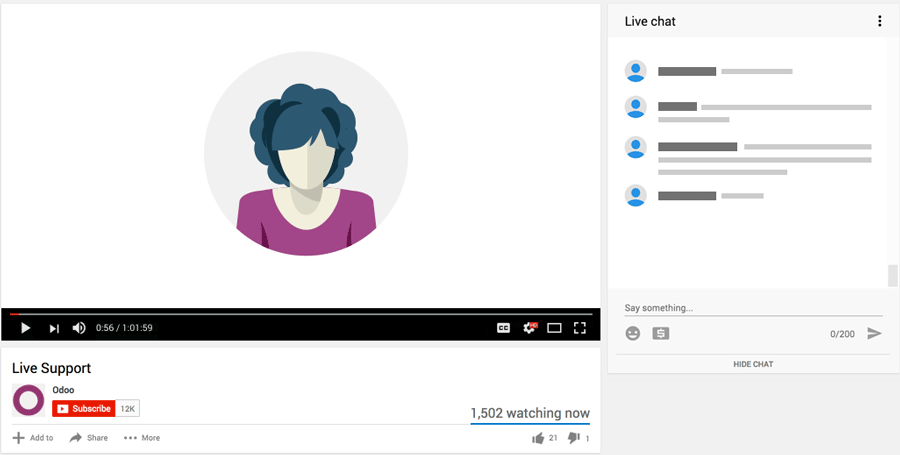Hello everyone,
I’m trying to display the components (and their lot numbers) of manufactured products directly on the Delivery Slip or Customer Invoice PDF, using Odoo Studio (v19) only — without custom modules.
The goal is straightforward:
When a finished product is delivered or invoiced, the report should show the lot numbers of the components consumed in its manufacturing order.
We’ve tried several approaches through Studio: duplicating the standard reports, adding computed fields, or using server actions to gather the data.
However, we keep running into the same issues:
- Studio refuses to save the report with errors like “Error while rendering the template” or “Entity ' ' not defined”
- Or the report saves but the component section stays empty
- Or we get RPC_ERROR exceptions, usually caused by the QWeb rendering engine limitations in Studio
In short, the XML/QWeb code works perfectly fine in a custom module, but not in Studio — it seems Studio doesn’t support nested loops such as:
t-foreach="move.production_id.move_raw_ids.mapped('move_line_ids')"
👉 Has anyone managed to display the component lots linked to a manufactured product in a Delivery Slip or Invoice purely using Odoo Studio?
Is there any known workaround or recommended approach to bypass the QWeb limitations (for example, by preparing the data in a computed field or a server action)?
Thanks in advance for your insights or shared experiences!
— Franck
